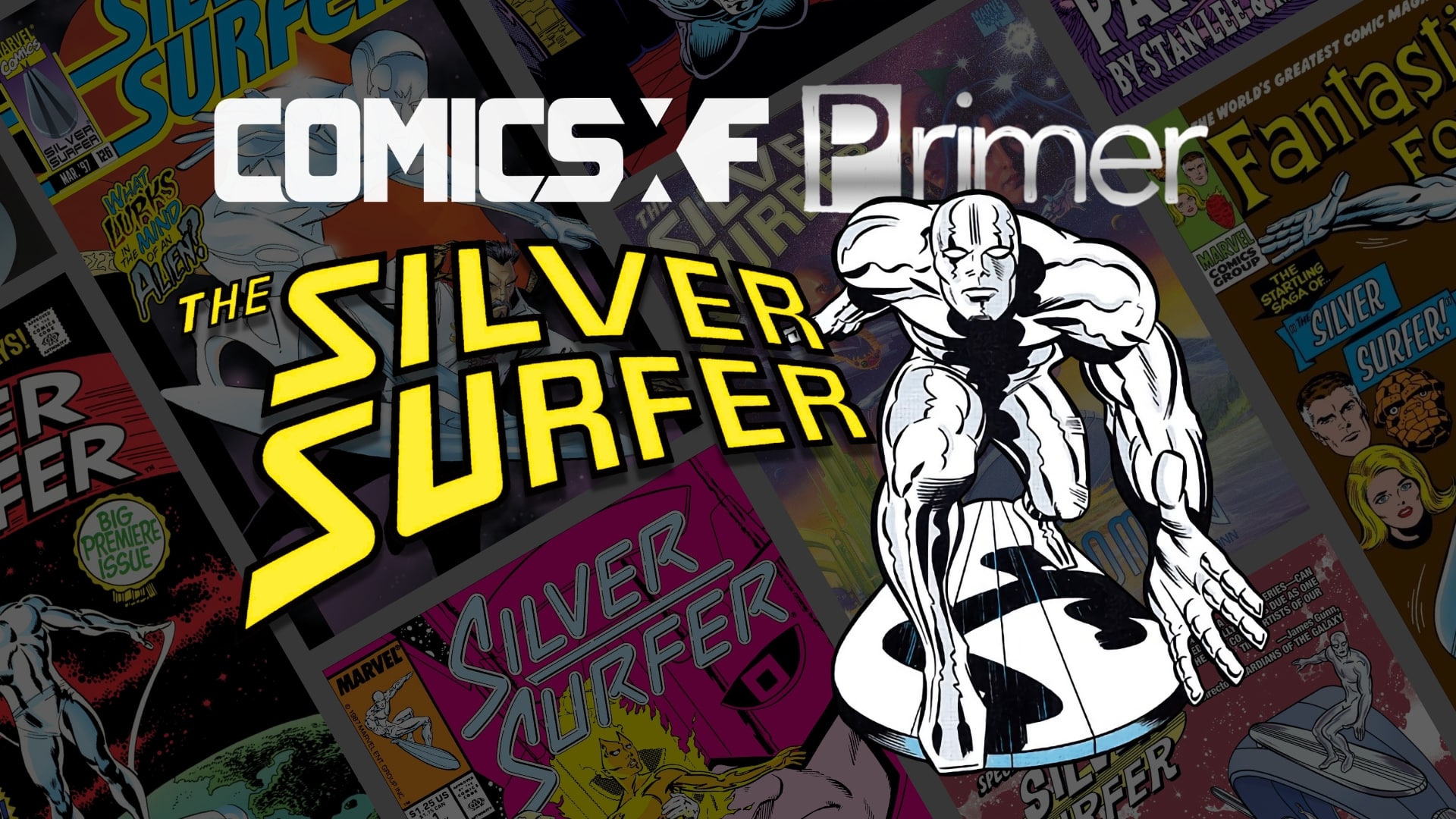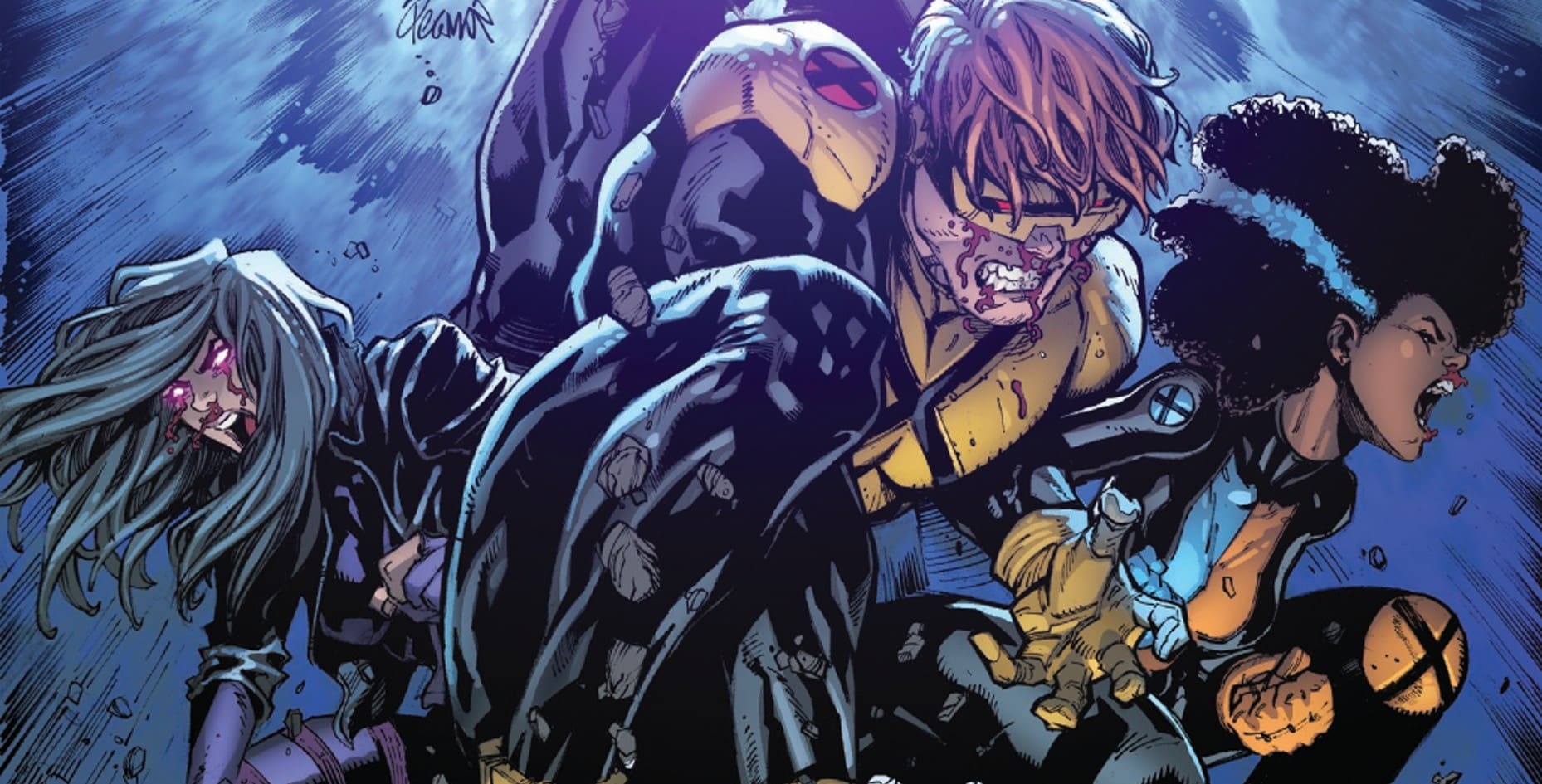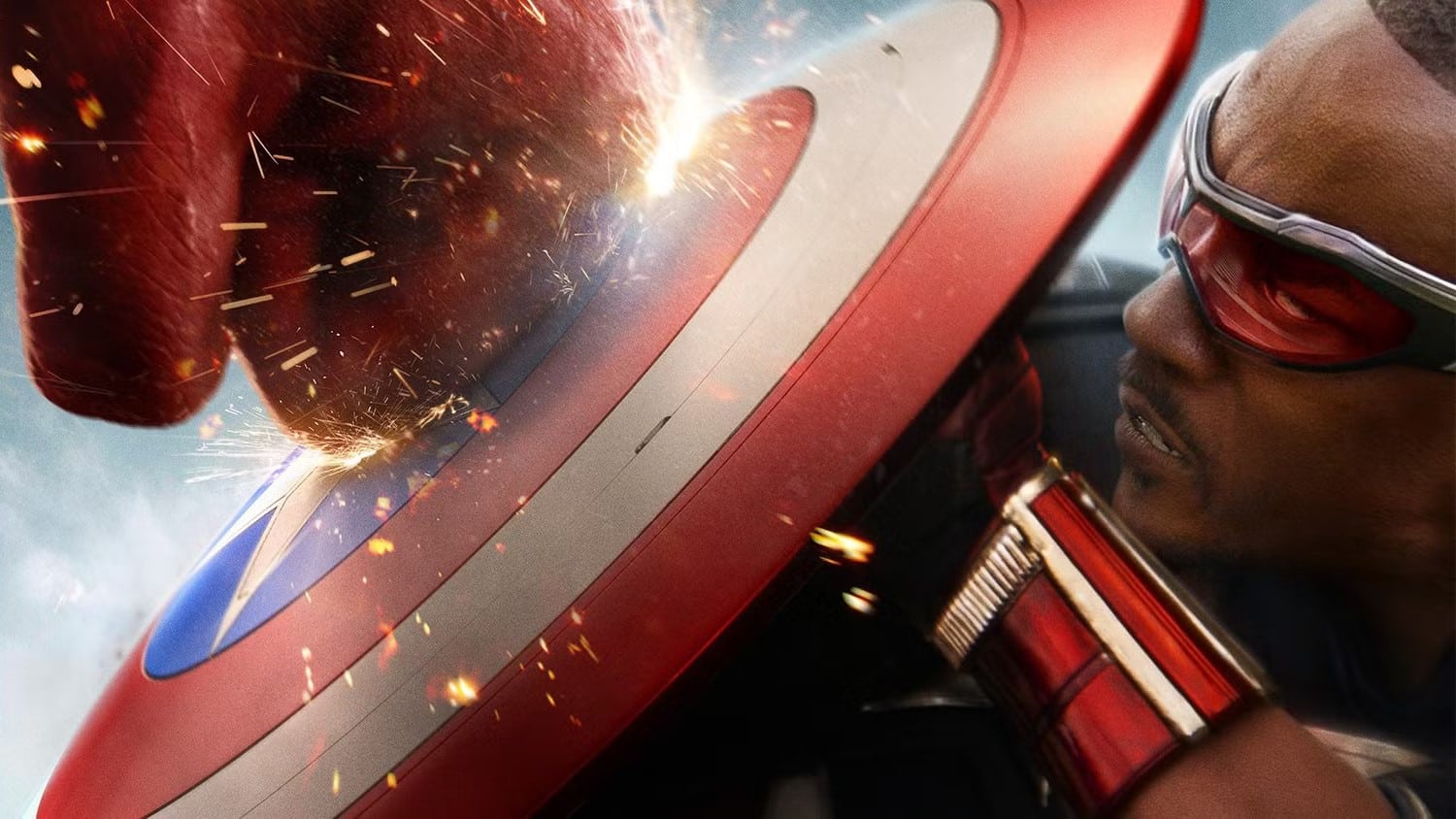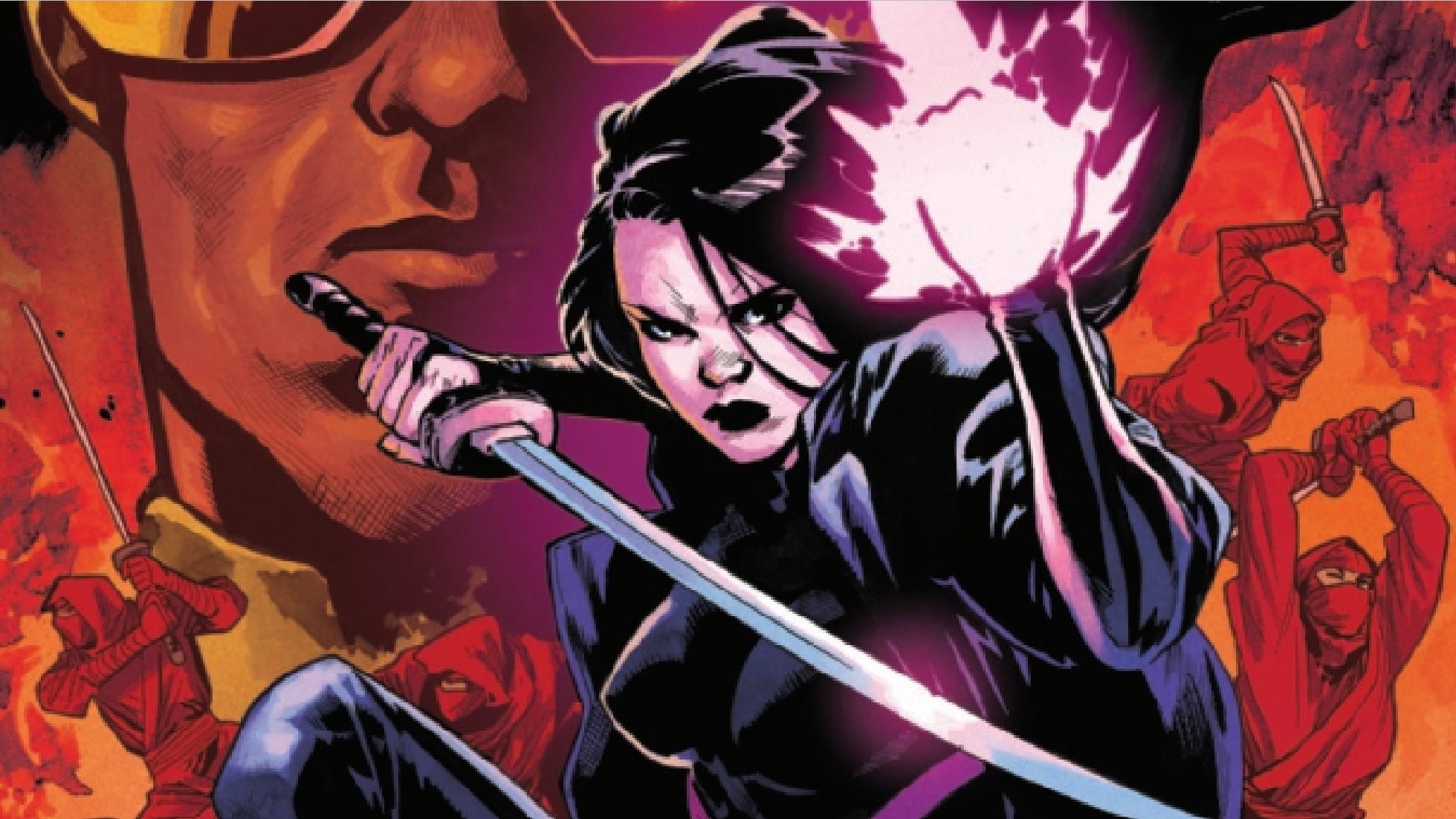The Sentinel of the Spaceways, weilder of the mighty power cosmic, was once Norrin Radd, a humanoid alien from the planet Zenn-La who gave up his life and love to save his world from the planet-eater Galactus.
After many years of loyal service as Galactus’ herald, the Surfer leads the devourer to Earth, where blind sculptress Alicia Masters inspires him to turn against his master. As punishment for his betrayal, Galactus creates an invisible barrier around the Earth, denying the Surfer access to the stars—and his home.
While stranded on Earth, the Surfer wrestles with loneliness and a hostile public, and helps form the original Defenders. Eventually, he regains access to the stars and becomes an ally and antagonist of many cosmically oriented beings, making him a major player in recurring battles over the Infinity Gems and against various Annihilation waves.
His heroism is informed by a sometimes-overwhelming sense of guilt related to his actions as Galactus’ herald.

The Silver Surfer debuted in 1966 in Fantastic Four #48 by Stan Lee and Jack Kirby, the first story in the famed “Galactus Trilogy.” Though Lee and Kirby are generally cited as the character’s co-creators, the initial idea was Kirby’s.
Working from the “Marvel Method,” in which Lee would furnish loose plots that Kirby and other artists would embellish as they saw fit, Kirby drew the Surfer into Fantastic Four #48 without input from Lee. The fact Lee quickly took up the character as his personal favorite mouthpiece was one of many points of contention between the central architects of the Marvel universe.

No one besides Lee was permitted to write the Surfer’s solo adventures until 1987, when the character’s longest-running ongoing series began. Between 1987 and 1998, Silver Surfer Volume 3 published 147 issues, involving creators such as Steve Englehart, Marshall Rogers, George Pérez, Ron Marz, Jim Starlin, Ron Lim, J.M. De Matteis, Ron Garney, and Jon J. Muth.
The Surfer has subsequently appeared in many more limited series and two additional ongoings, the most recent by Dan Slott and Mike Allred (2014-2016). In 1998, the Silver Surfer starred in an eponymous animated series, and he made his cinematic debut in Fantastic Four: Rise of the Silver Surfer (2007). The Silver Surfer currently appears regularly in Defenders Volume 6 (2021).
The same hunger for prestige that contributed to Lee positioning himself as the impresario of Marvel Comics likely informed his love for the Silver Surfer. Since his first appearance, the Surfer has been associated with “big” ideas; his enemies are human (and alien) avarice and folly and the ironies of his own existence, as a man who’s defining noble sacrifice helped condemn countless others, and whose nearly limitless power cosmic can’t repair broken societies or his own broken heart.
Few superheroes pontificate on the nature of existence as much as the Surfer. Sometimes, this pontificating is juvenile; sometimes, it’s sublime; most of the time, it’s a little of both. The Surfer basically embodies the Beach Boys song “I Just Wasn’t Made for These Times,” but as a superhero in outer space. To love the Surfer is to love his unabashed, high-minded earnestness, which is often messy but generally moving; the stories in this primer celebrate this quality.


Gold
The Barrier

March 1997
- Silver Surfer #126
- J.M. DeMatteis
- Ron Garney
- Bob Wiacek
- Tom Smith
- John Costanza
The Plot
The Fantastic Four are (seemingly) dead and the Silver Surfer has returned to Earth. But he’s not quite the same; he’s lost access to his emotions, and hopes Alicia Masters, the woman who first rekindled them, can help.
She probably can—if the Surfer will let her get close enough to try. After hovering outside Alicia’s window, the Surfer seeks out Dr. Strange, who facilitates an astral journey to Zenn-La and a near-fatal encounter with a mental construct of Galactus—and a very distraught Norrin Radd.
Why We Love It
J.M. DeMatteis’ run on Silver Surfer, featuring art by Ron Garney, Tom Grummet, Jon J. Muth and others, is criminally underrated. Sure, there are pacing problems toward the end. Sure, the villains aren’t as compelling as they could be. It’s also more earthbound than many Silver Surfer stories; though the Surfer makes regular forays into space and one memorable trip back in time, the main journey is an interior one, toward those missing emotions, which are repressed following a traumatic revelation related to the true fate of Zenn-La.
But the earthbound nature of this series works in its favor. Forcing the Surfer to stay put brings him back to his origins while building out the foundational affinity between the Surfer and Alicia. It also emphasizes the emotional core of the best Silver Surfer stories—while the universe is full of wonders, nothing is more wonderous than the depth and mystery of the heart.
Garney’s skillful draftsmanship and delicate linework, inked by Bob Wiacek, perfectly captures this tragic-romantic tone. This is especially true in the enigmatic opening and closing scenes of this issue, featuring the Surfer denying and then accepting Alicia’s touch, and in a beautiful mini-splash page detailing a single tear charting a slow path down the Surfer’s pale cheek.
Don’t have a local comic shop?
Consider supporting ComicsXF by using these links:
Silver
The Galactus Trilogy

March-May 1966
- Fantastic Four #48-51
- Stan Lee
- Jack Kirby
- Joe Sinnott
- Stan Goldberg
- Artie Simek & Sam Rosen
The Plot
First, the sky fills with fire; then, it fills with rocks. But these signs of apocalypse are actually a protective measure. The mighty Watcher, breaking his sworn oath of non-interference, is trying to conceal humanity from Galactus, an ancient planet-devouring alien being guided to Earth by his herald, the Silver Surfer.
The Fantastic Four score an initial victory against the Surfer but are no match for his master. The Surfer’s betrayal of Galactus—promoted by the compassion of Alicia Masters—buys time for the Watcher to help Johnny Storm retrieve the Ultimate Nullifier from Galactus’ ship. Fearing the Nullifier’s power, Galactus agrees to leave and never come back, but not before disowning his rebellious herald, stranding him on Earth.
Why We Love It
This story is famous for several reasons: because it introduces the Silver Surfer, Galactus, and the Watcher, and because it breaks new ground as a tentative deconstruction of the superhero genre. In this story, the Fantastic Four are faced, for the first time, with a villain they can’t defeat, and who may not even be a villain, since cosmic beings exceed such moralities.
For all their power, Marvel’s first family is, as Johnny Storm realizes, nothing but “ants” compared to Galactus and the seemingly infinite universe he traverses, gobbling up entire planets along the way. Where the Silver Surfer is concerned: the Surfer’s interactions with Alicia Masters establish him as someone detached from humanity yet deeply tragic and secretly noble.
While the Surfer’s full backstory would have to wait, this introduction deftly exploits his mystery to make readers hungry for more. It also doesn’t hurt that these comics feature Jack Kirby at the height of his powers. Much of the Silver Surfer’s earnestness comes from Kirby, whose glorious spacescapes make us believe a silver man on a surfboard can be majestic instead of silly.
Don’t have a local comic shop?
Consider supporting ComicsXF by using these links:
Origin of the Silver Surfer!

August 1968
- Silver Surfer #1
- Stan Lee
- John Buscema
- Joe Sinnott
- Bill Everett
- Sam Rosen
The Plot
This “All-New Book-Length Marvel Epic!” recounts the Surfer’s exploits in other comics, shows his current journey around our hostile world, and tells his now-iconic backstory. Norrin Radd is an idealistic, restless citizen of Zenn-La, a technologically advanced society that has renounced both war and exploration.
To save his planet from Galactus, Norrin offers to become his herald. Galactus agrees; he crushes Norrin in his hand and imbues him with the power cosmic, transforming him into the Silver Surfer.
Why We Love It
Reflecting Stan Lee’s love of the Surfer, the character’s first solo series consciously courts prestige; where most comics from this era were 36-page, 12-cent affairs, the first seven issues of this series offer 72-pages for 25-cents. Lee and artist John Buscema make the most of this prestige format to tell a big, bold story that spans continents, planets, and multiple time periods, with heavy-handed—albeit sincere—commentary on nationalism, prejudice, violence, and technoology.
At the heart of the story is the noble but devastating sacrifice that centrally defines the Surfer, wherein he saves his planet at the cost of his soul. Norrin Radd’s desire to explore the cosmos, something his society shuns, complicates his sacrifice by lending it a note of irony and even selfishness; the possibility Norrin makes his dark bargain as much for himself as his planet gets revisited by many subsequent writers. In addition, the introduction of the Surfer’s lover Shalla-Bal lends a romantic quality to his character that becomes a through-line of his stories. There’s a reason the creators of virtually every subsequent Silver Surfer series feel compelled to revisit this origin; it’s a resonant dramatic spectacle, impeccably visualized by Buscema’s bombastic compositions and fluid linework. This is essential reading for any Silver Surfer fan.
Don’t have a local comic shop?
Consider supporting ComicsXF by using these links:
Silver Surfer: Parable

1988
- Silver Surfer: Parable
- Stan Lee
- Mœbius
- Mœbius
- Mœbius & John Wellington
- Mœbius
The Plot
Galactus is back on Earth. Though he’s promised not to devour the planet, he doesn’t have to eat the Earth to destroy it; his mere presence prompts violent paroxysms of fear, nihilism, and misguided worship, organized by a power-hungry televangelist.
The Silver Surfer, who begins the story despondently slouched in an alley, is again inspired by an idealistic woman to defy his former master. His passionate fight on behalf of a world that hates and fears him inspires humanity to reject Galactus and the violence his presence provokes, causing the devourer to depart.
Why We Love It
In this miniseries, Stan Lee’s storytelling has the usual shortcomings; characters say their thoughts and baldly state the story’s humanist message, as when the Surfer asks himself and the reader, “Why cannot they realize the truest faith is faith in oneself?” Yet comics are a collaborative medium, and Lee was always adept at recruiting great collaborators, including legendary French cartoonist Jene Giraud, aka Mœbius.
The subtle grace and exceptional inventiveness of Giraud’s style are ideally suited to rendering science fictional landscapes, and this comic is no exception; his Galactus and Silver Surfer are very different from Jack Kirby’s, yet equally striking in their alien grandeur. The combination of Lee’s bluntness and Giraud’s grace is either jarring or magical, but this primer advocates for the latter. Giraud makes the overwrought passion of Lee—and the Surfer—feel profound.
Don’t have a local comic shop?
Consider supporting ComicsXF by using these links:
Bronze
–FREE–

July 1987
- Silver Surfer #1
- Steve Engelhart
- Marshall Rogers
- Joe Rubinstein
- Marshall Rogers
- John Workman
The Plot
The Silver Surfer is attacked by an elder of the Universe known as the Champion—a warning against interfering in the elder’s cosmic plans. This prompts the Surfer and the Fantastic Four to brainstorm new ways to break through the barrier trapping the Surfer on Earth. The Thing suggests the Surfer try to pass through the barrier without his board, and surprisingly, it works! Galactus isn’t pleased, but agrees to let the Surfer roam free after he rescues the devourer’s current herald, Nova.
Why We Love It
This is the first Silver Surfer solo adventure not written by Stan Lee. That, and the Surfer finally overcoming the barrier constraining his movement, makes it a significant turning point in the character’s history. From this point onwards, the Surfer will be fully emersed in the “Marvel Cosmic” universe, significantly widening his sphere of influence and the scope of his adventures.
This debut issue is dense; it’s forced to do a lot of narrative heavy-lifting, catching readers up on the Surfer’s complicated backstory and inventing a bunch of fake-science to explain the barrier and the Surfer’s escape. But every page that concentrates on telling the current story is great. Steve Englehart and Marshall Rogers, re-teaming after an acclaimed story arc in Detective Comics, do their best work on the Nova rescue sequence, which exploits Rogers’ architectural training; Rogers applies the same creativity and detailed precision to rendering alien technology as designing the Surfer’s exquisite movement through the cosmos.
Don’t have a local comic shop?
Consider supporting ComicsXF by using these links:
Silver Surfer: Black

August-December 2019
- Silver Surfer: Black
- Donny Cates
- Tradd Moore
- Tradd Moore
- Dave Stewart
- Clayton Cowles
The Plot
The Silver Surfer is cast into a black hole and finds himself billions of years in the past, fighting Knull, God of the Symbiotes. During his initial encounter with Knull, the Surfer is nearly assimilated, becoming a black knight in Knull’s thrall; he resists by draining a measure of his power cosmic, leaving him permanently wounded.
The Surfer subsequently seeks shelter on a young Ego the Living Planet and encounters a young Galactus, prompting difficult decisions about whether to alter the past. Eventually, the Surfer has a final showdown with Knull. Victory requires tremendous sacrifice—but also sows new seeds of hope.
Why We Love It
Fantasy and science fiction stories commonly associate “blackness” with “badness.” This series mobilizes that trope, yet complicates simplistic dualities by having the Silver Surfer repeat truisms to himself about the goodness of light, while undercutting those truisms with reminders of the Surfer’s implication in genocide. In addition, the climax involves the Surfer learning to accept his own darkness; he ends the series in a new iridescent black form, but it’s possible to read this as more of a triumph than a punishment, since it involves the Surfer atoning for his grim legacy by creating new life.
But the main draw of this miniseries is Tradd Moore’s psychedelic artwork, teamed with the always-impeccable coloring of Dave Stewart. Every inch of every page is suffused with motion, speed, and color without ever feeling cluttered. The vibrancy and fluid interconnection of every element of every creature, weapon, energy beam, and living planet emphasizes the inseparability of darkness and light, death and life.
Don’t have a local comic shop?
Consider supporting ComicsXF by using these links:
The Dynamo City Saga

August-November 1990
- Silver Surfer #40-43
- Jim Starlin & Ron Marz
- Ron Lim
- Tom Christopher, Christopher Ivy, & Keith Williams
- Tom Vincent & Nel Yomtov
- Ken Bruzenak & Brad K. Joyce
The Plot
The Silver Surfer arrives in Dynamo City, a dense cityscape floating in space, to give testimony about his role in the seeming death of Thanos. Surprising absolutely no one remotely familiar with Thanos—it’s a trap. When the Surfer arrives at the city, power dampeners steal his power cosmic. Unable to escape, he proceeds with giving testimony in a kangaroo court staffed by robots, who find him innocent of any wrongdoing in Thanos’ death but won’t let him leave—not until he pays the “exit tax.”
Because the Surfer doesn’t have any money, he’ll have to work for it. But what’s a depowered guy coated in chrome supposed to do for work in a city committed to extreme exploitation? So begins a lengthy battle against the Surfer’s greatest nemesis—capitalistic bureaucracy.
Why We Love It
Thanos is a perfect foil for the Silver Surfer. Where the Mad Titan is relentlessly conniving and death-focused, the Surfer is recklessly honest and life-focused. Throughout his run on Silver Surfer, Thanos’ creator, Jim Starlin, makes excellent use of these contrasts to torture the Surfer both physically and psychologically, with heavy helpings of existentialism and social critique.
Though Thanos is mostly off-panel in this story, the soul-deadening bureaucratic nightmare the Surfer faces in Dynamo City is his doing, and it’s truly the perfect trap; amid the corruption of Dynamo City, the Surfer’s honesty becomes dangerous naiveté.
The “Dynamo City Saga” hits all of Starlin’s favorite targets: capitalism, classism, the legal system, false prophets, and the limits of physical power, with a memorable lamentation on the creative-industrial complex; the Silver Surfer’s first attempt to earn enough money to escape Dynamo City involves him selling his dreams in a painful and degrading ceremony staged like a tacky variety show. It’s not the dramatic climax of Starlin and Ron Lim’s Silver Surfer run. But it may be the creative one.
Don’t have a local comic shop?
Consider supporting ComicsXF by using these links:
Silver Surfer: Homecoming

October 1991
- Silver Surfer: Homecoming
- Jim Starlin
- Bill Reinhold
- Bill Reinhold
- Linda Lessmann, Ray Murtaugh, Alex Wald, & Holly Blessen
- Willie Schubert
The Plot
While surfing the spaceways, the Silver Surfer receives a mysterious summons from his former lover Shalla-Bal, currently the Empress of Zenn-La. But when he travels to Zenn-La to investigate—the planet is missing! Moondragon of the Infinity Guard offers to help, and quickly locates the Surfer’s home planet inside an enormous brain.
She uses her telepathic powers to project the Surfer’s consciousness into the brain, where he discovers many other imprisoned planets. But is it a prison—or a paradise? Before long, the Surfer has decided to stay with Shalla-Bal. It seems like a perfect marriage, until an embodied version of the brain arrives—and tries to make the Surfer leave.
Why We Love It
This graphic novel has everything you want in a great Silver Surfer story—cosmic team-ups, speculation on the wonders/dangers of the universe, social commentary, and, of course, tragedy grounded in a conflict the Surfer often contends with, between love (or life) and violence (or death). It’s not a subtle story; Jim Starlin’s writing seldom is. But it’s not a standard “false paradise” story, either.
The world inside the brain actually is a paradise, and the being controlling it isn’t evil or manipulative—just insecure. He attacks the Surfer because he’s scared, but his fear begets violence begets death, for himself, for Zenn-La’s dreams of peace, and for the Surfer’s latest, best chance at happiness.
Starlin and artist Bill Reinhold crank up the melodrama with a heartbreaking page in which the Surfer desperately strains and stretches and just-barely-misses Shalla-Bal’s hand before she’s consumed by a wave of nothingness. And Moondragon brings the melodrama home in the final lines of the graphic novel (spoken in the third-person because she’s a Boss): “Moondragon of the Infinity Guard has seen many strange and wondrous things in her travels. So believe me when I say, that in all the universe, there is no sadder or more noble being than the Silver Surfer! And certainly none so alone.”
Never After

June 2015
- Silver Surfer #11
- Dan Slott
- Michael Allred
- Michael Allred
- Laura Allred
- Joe Sabino
The Plot
The Silver Surfer has become a new type of herald—for a ragtag, Battlestar Galactica-style fleet of starships filled with refugees of planets devoured by Galactus. After many failed attempts to find the refugees a suitable home, the situation is getting desperate; the Surfer and the fleet find themselves repeatedly attacked and supplies are running low.
So the Surfer risks everything on a wild gamble—he propses to use his power cosmic to bend the fabric of spacetime, instantly moving the fleet to a different region of the universe. That’s not the Surfer’s only impossible task; he’s also struggling to mend his broken relationship with his travelling companion, the Earth girl Dawn Greenwood, who was recently made aware of the Surfer’s actions as Galactus’ herald.
But spacetime is unpredictable, and so is love; infinite possibility breeds infinite ways to succeed and screw up.
Why We Love It
This issue, which won the 2016 Eisner Award for Best Single Issue/One-Shot, is the narrative culmination and creative highpoint of Dan Slott and Mike Allred’s first Silver Surfer volume. It’s a Groundhog Day-style story in which the same series of events keeps getting reset and repeated, though in this case, the repetition incorporates different perspectives of the same events.
Allred deepens the meaning of this set-up by arranging the panels in the form of a Möbius strip. This is a nod to French cartoonish Jean Giraud/Mœbius (who is further name-checked by a caption indicating the story takes place in the “Giraud Expanse), and to the subjective and participatory nature of comics, which always ask readers to make sense of fragments, effectively creating infinite versions of the same story. It’s a skillful combination of sci-fi adventure, domestic drama, and self-reflexive experimentation.
Don’t have a local comic shop?
Consider supporting ComicsXF by using these links:
Share on facebook
Share on twitter
Share on reddit
Share on pocket








